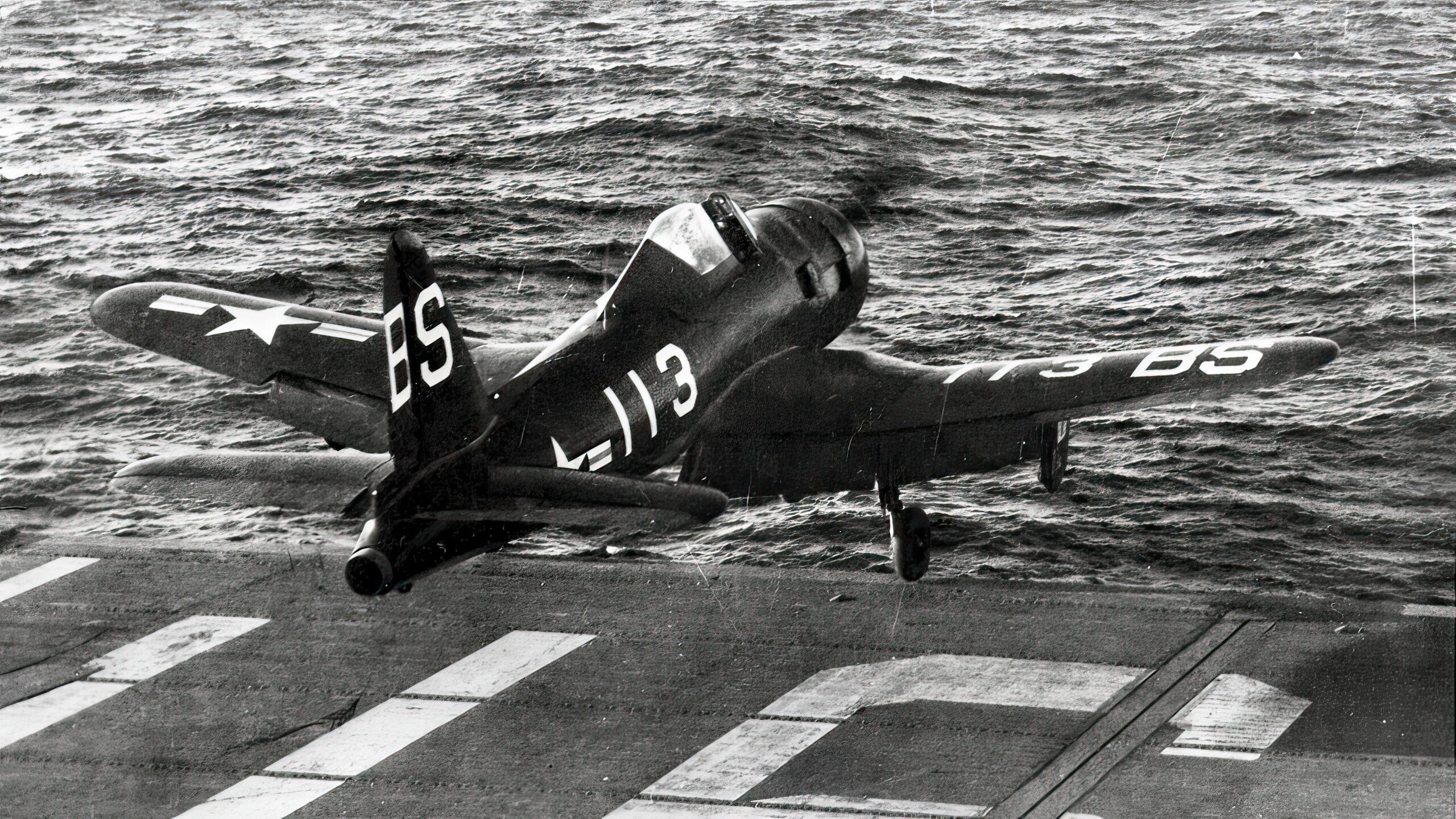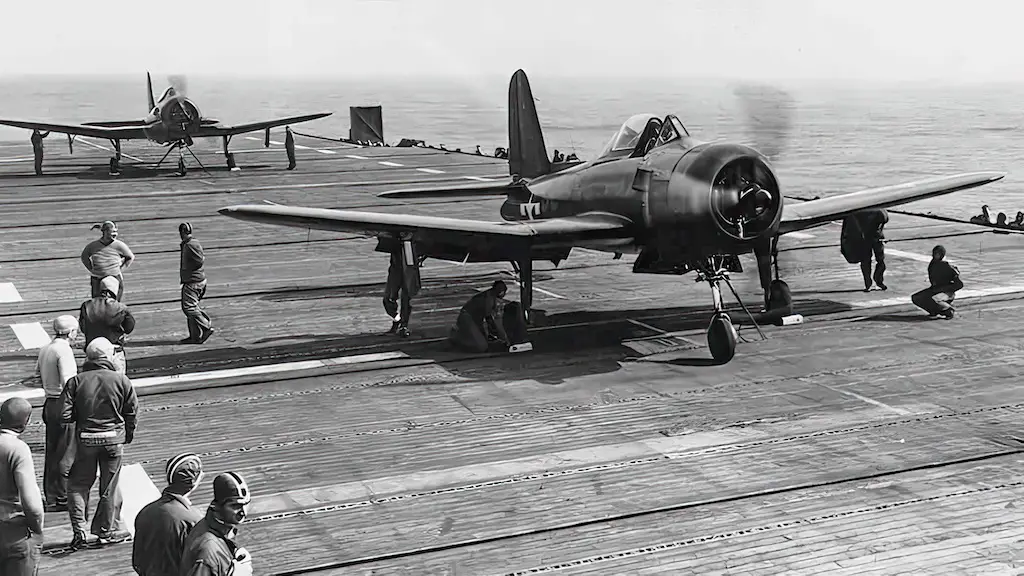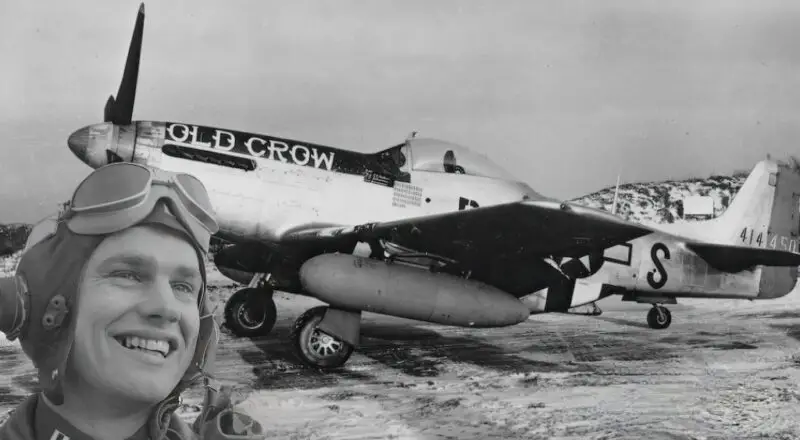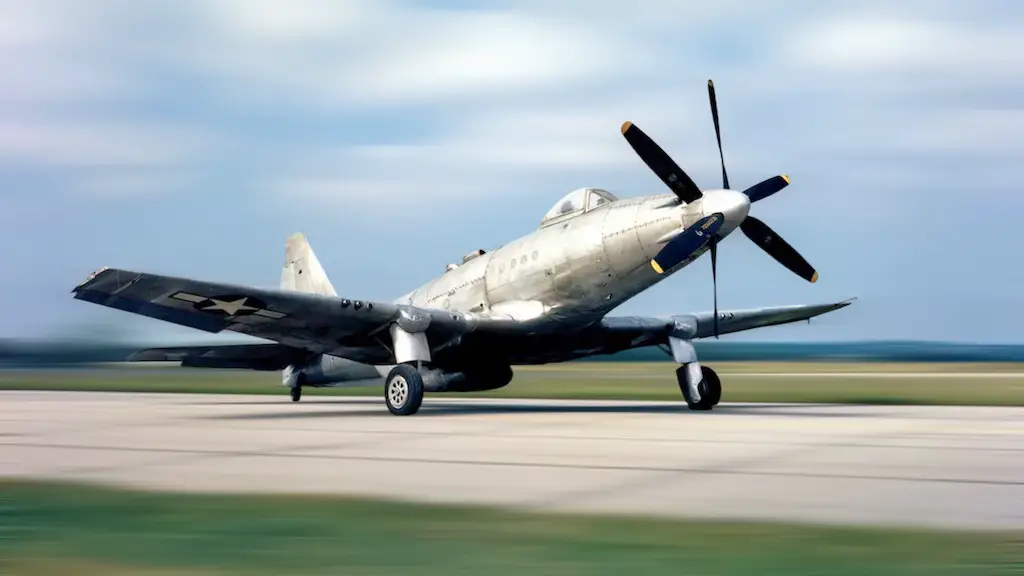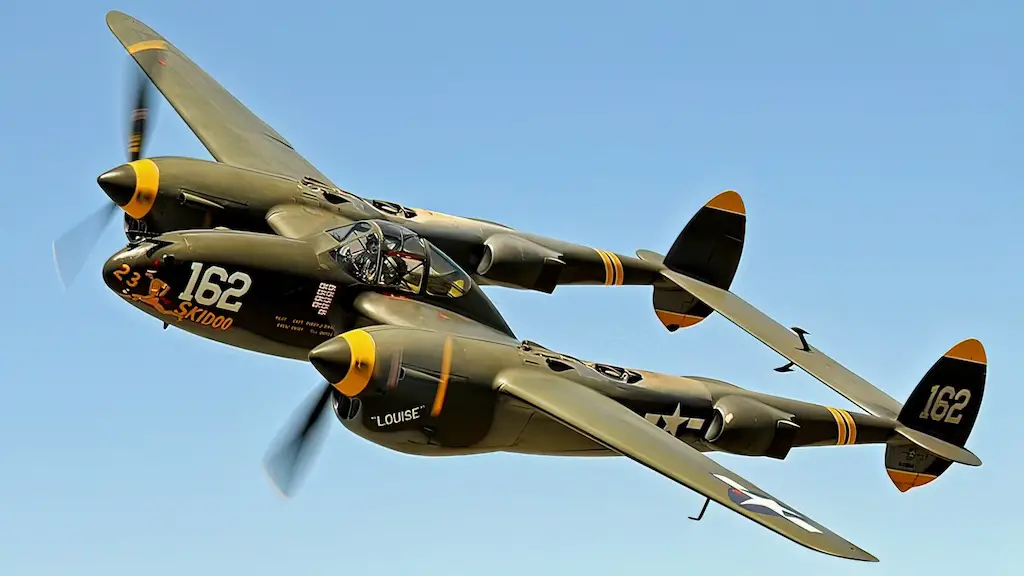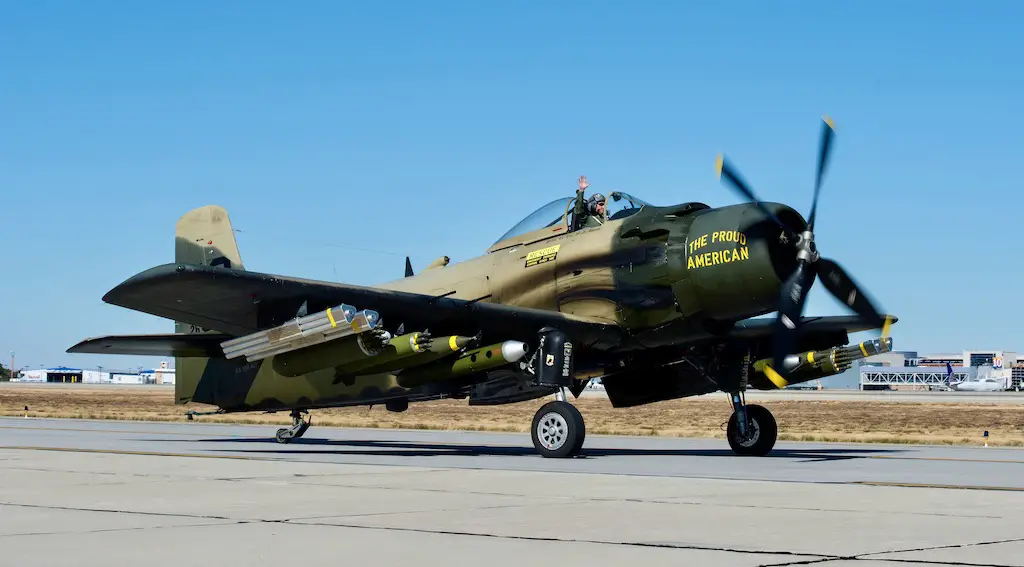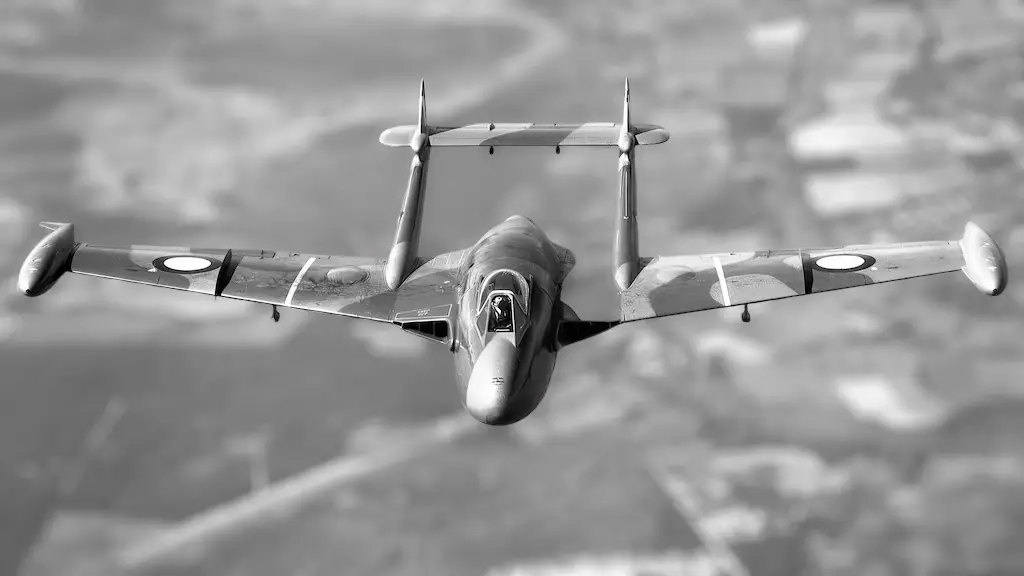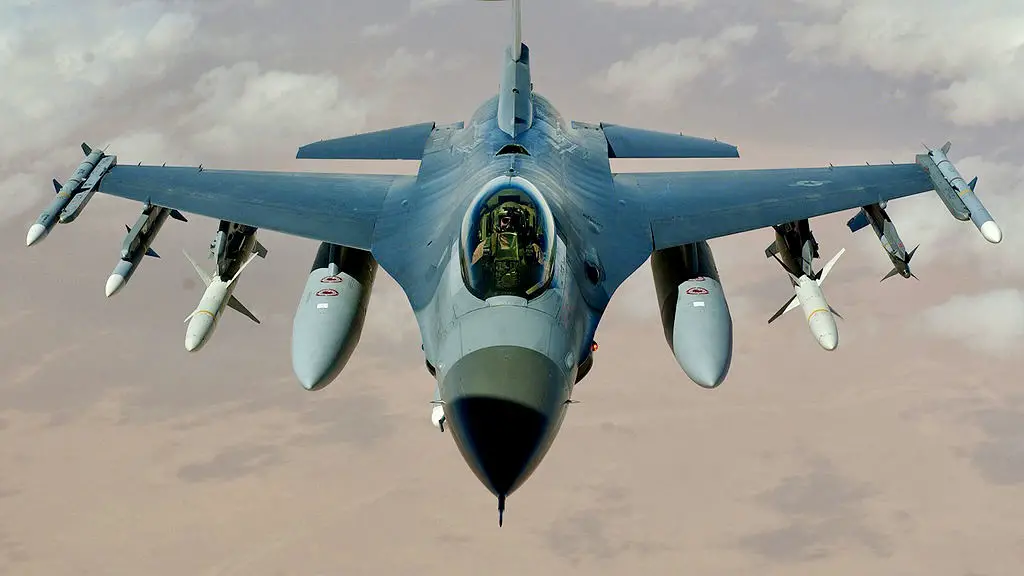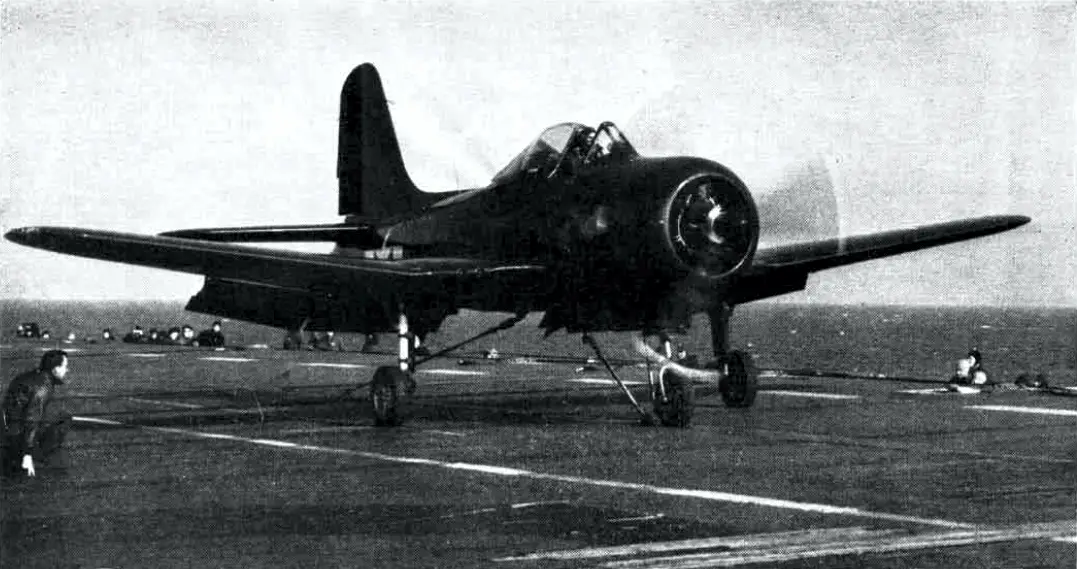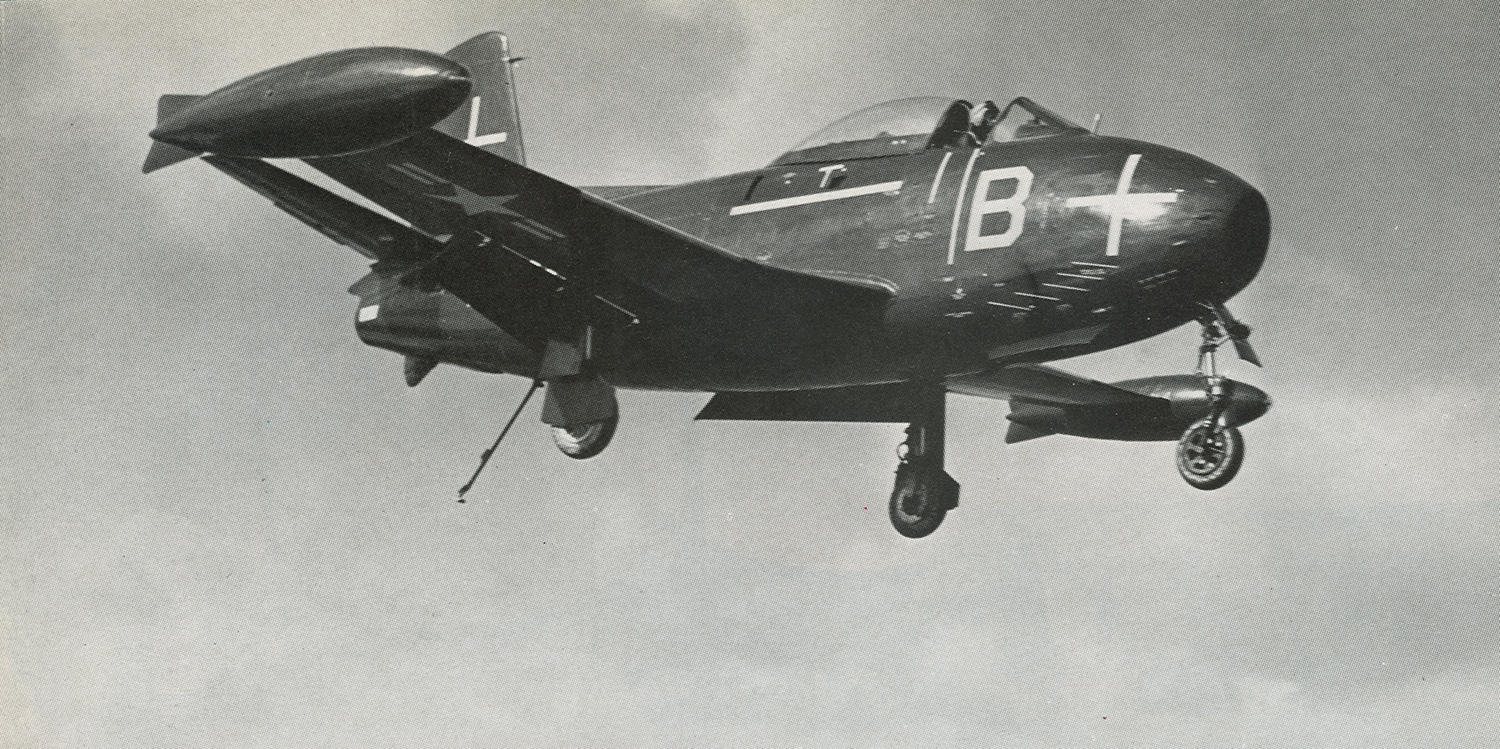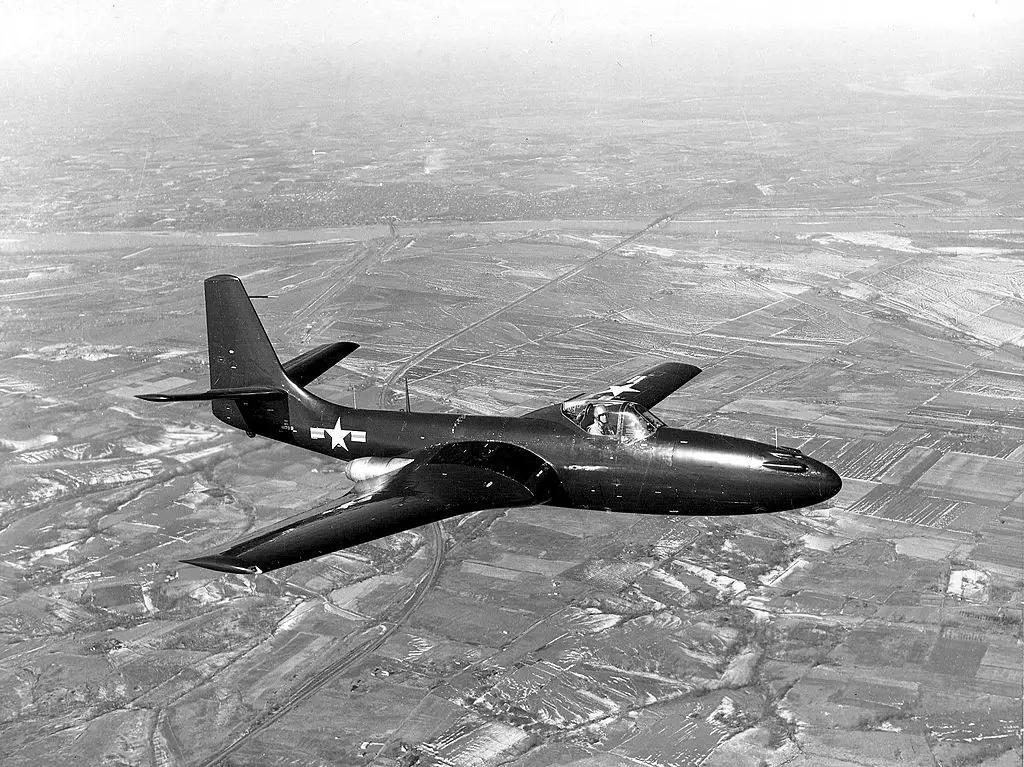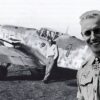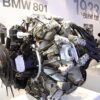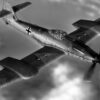The Birth of the Fireball
As the world teetered on the brink of a new era, aviation took a bold leap forward. The protagonist of this revolutionary tale? The Ryan FR Fireball marked the U.S. Navy’s initial foray into the realm of jet-propelled aircraft. All the while, the 1940s were embroiled in the throes of World War II.
New aircraft designs were essential, vital tools to maintain a tactical edge. Amid the turmoil, the Ryan Aeronautical Company stepped into the limelight. The San Diego-based company was awarded a contract to develop a unique hybrid-powered fighter: the Fireball. Its mission was to usher in a new era of jet propulsion while maintaining traditional propeller reliability.
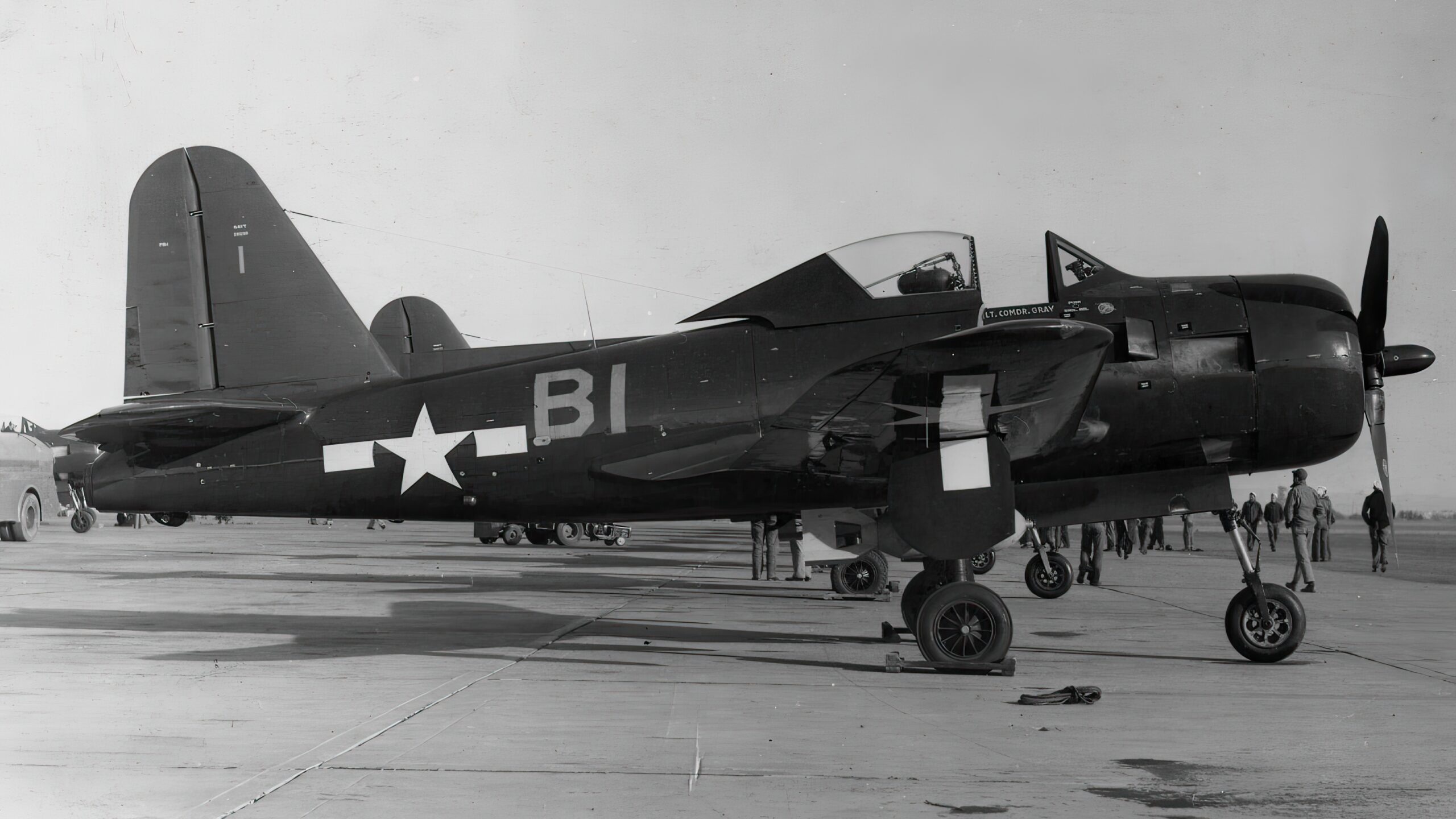
Engines
The Fireball’s beating heart was its unique engine setup. It bore the distinction of having not one but two engines. Under the hood, the Fireball housed a Wright R-1820-72W radial piston engine at the front. This 1,350 horsepower beast provided enough power for safe takeoffs and landings from aircraft carriers.
Sitting in the tail, a General Electric J31 turbojet engine waited its turn. This was America’s first mass-produced jet engine, capable of delivering 1,600 pounds of thrust. This double engine setup gave the Fireball the prowess to soar in jet mode, reaching top speeds of over 400 mph.
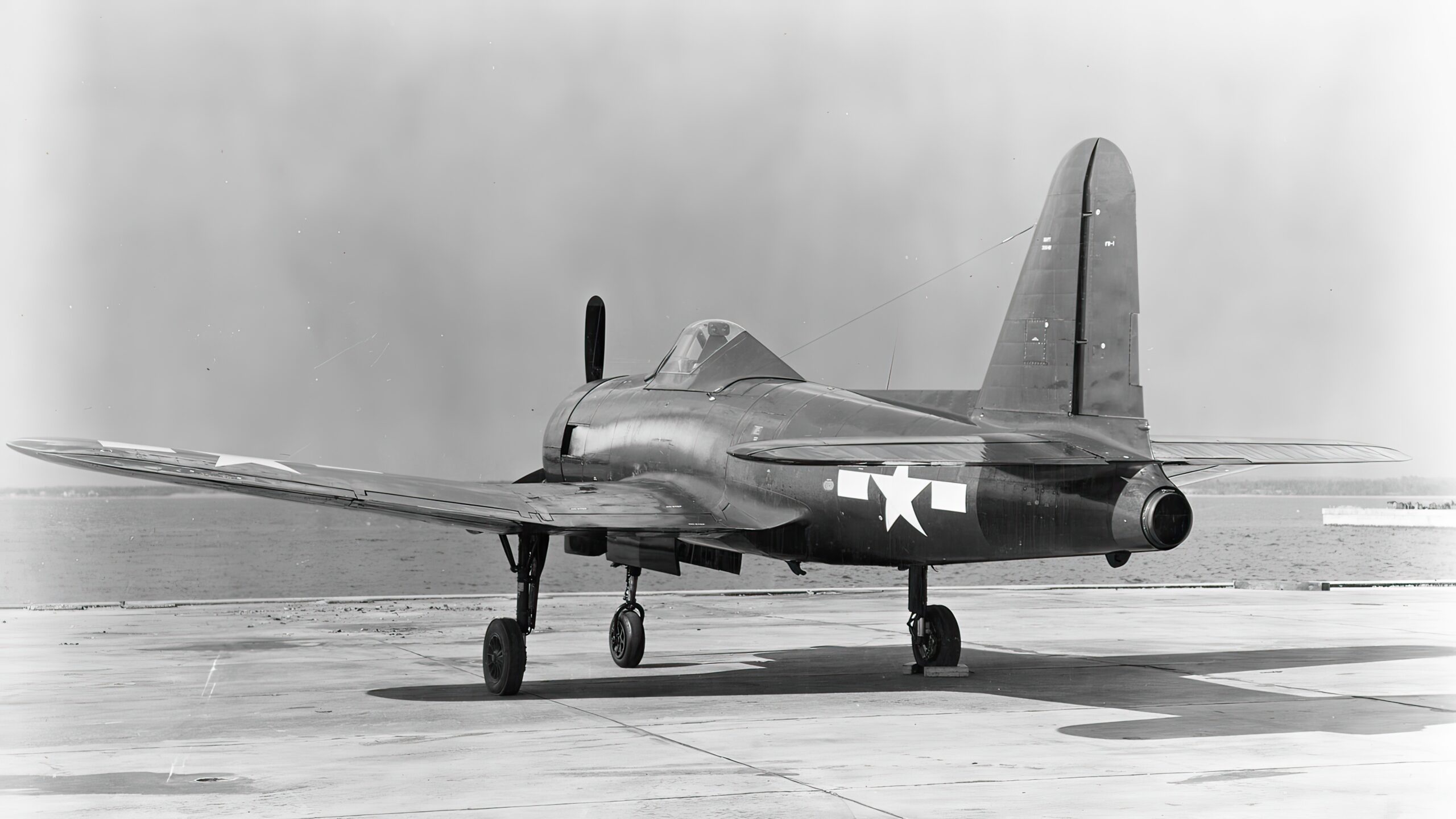
Taking to the Skies
In the skies, the Fireball was an anomaly, an elegant hybrid of old and new. The pilots could engage the turbojet engine mid-flight, giving them a taste of the future of aviation. But how did it perform? The answer was – pretty well.
The Fireball boasted exceptional acceleration and top speed due to its jet engine. However, the reliance on the piston engine for takeoffs and landings ensured safety. The Fireball’s impressive speed and reliable propulsion system made it a perfect choice for interception missions.
Yet, the Fireball had its quirks. One challenge for pilots was managing the two different engines. Switching between the two could be complex, especially under combat pressure. This led to a steep learning curve for new Fireball pilots.
Curtain Call
The Fireball was a pioneer, a bold venture into uncharted territory. Yet, the relentless pace of technological advancement didn’t pause. As the Fireball debuted in service towards the end of 1945, World War II was drawing its final curtains. The need for this particular type of hybrid propulsion waned.
Moreover, pure jet aircraft development was advancing at a breakneck pace. Aircraft like the McDonnell FH Phantom and North American FJ-1 Fury, capable of taking off and landing with jet engines, soon outpaced the Fireball. By 1947, the Fireball had been officially retired from active service.
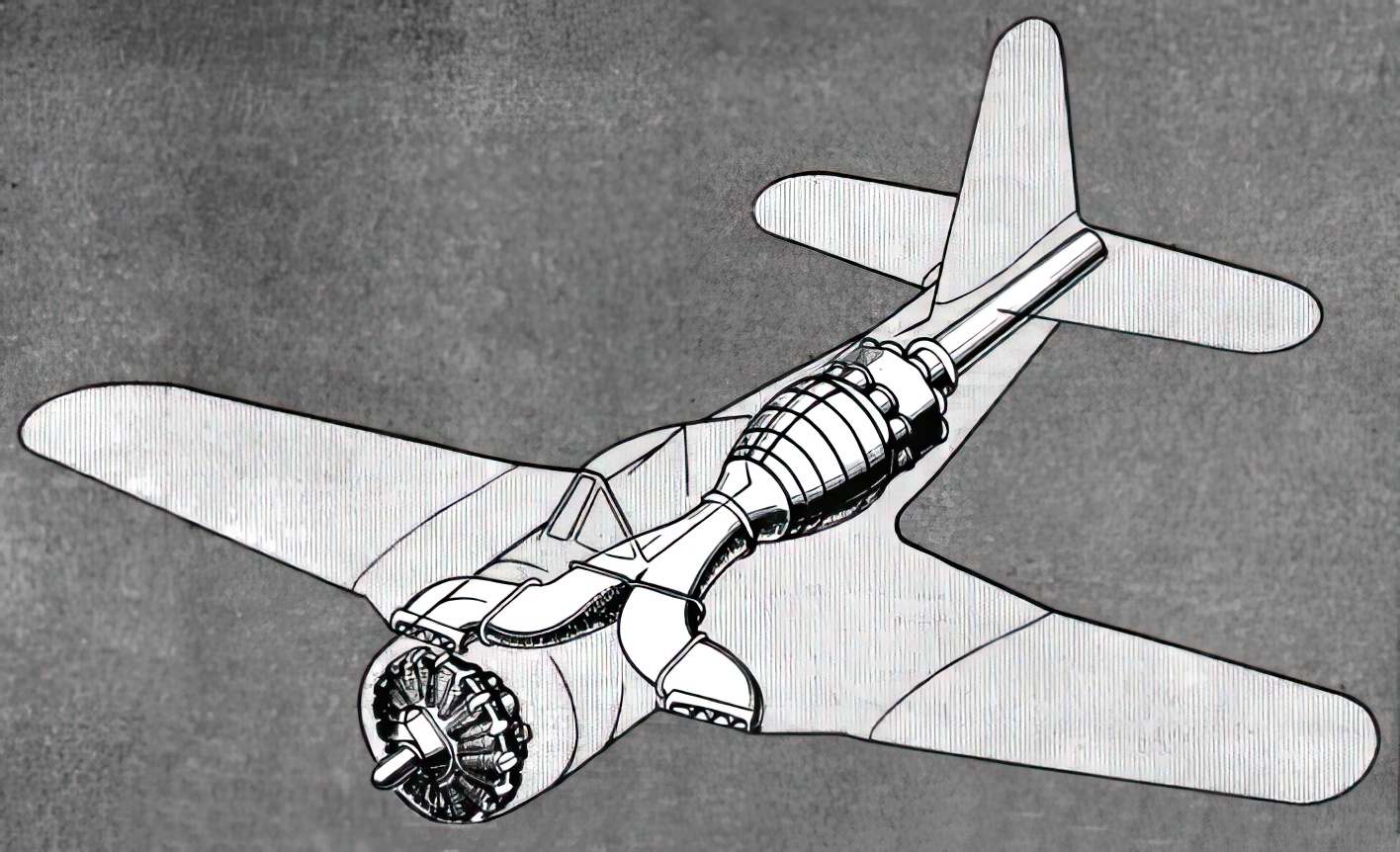
Brief service
Though its active service was brief, the Ryan FR Fireball left an indelible mark on aviation history. It stood as the keystone between the era of propeller-dominated flight and the dawn of jet-powered fighters. Now, it embodies the spirit of innovation and evolution in technology, remaining a beacon in humanity’s enduring journey to master the heavens.
